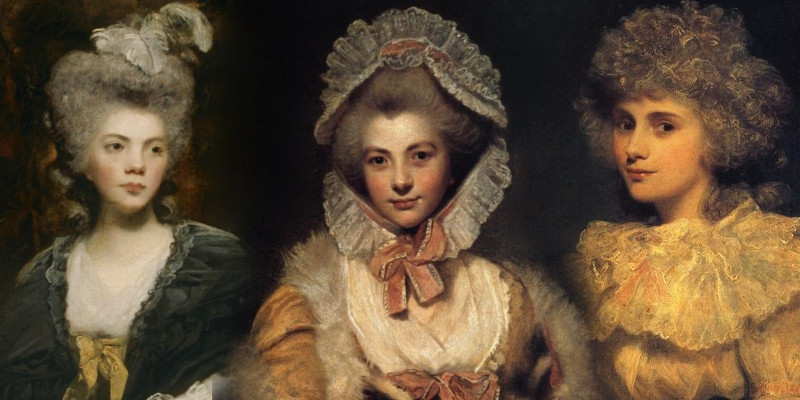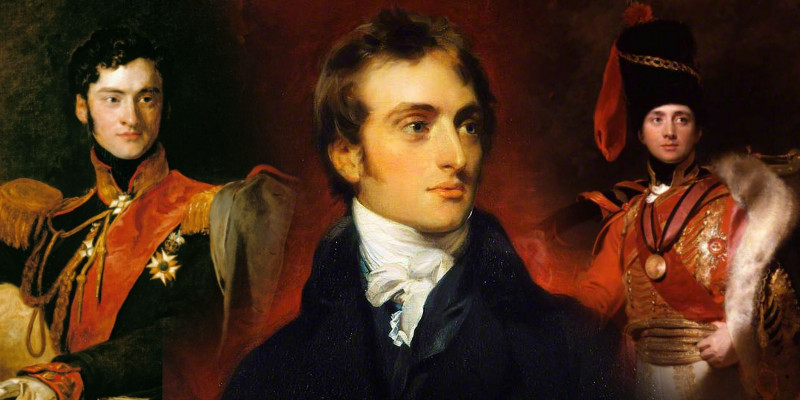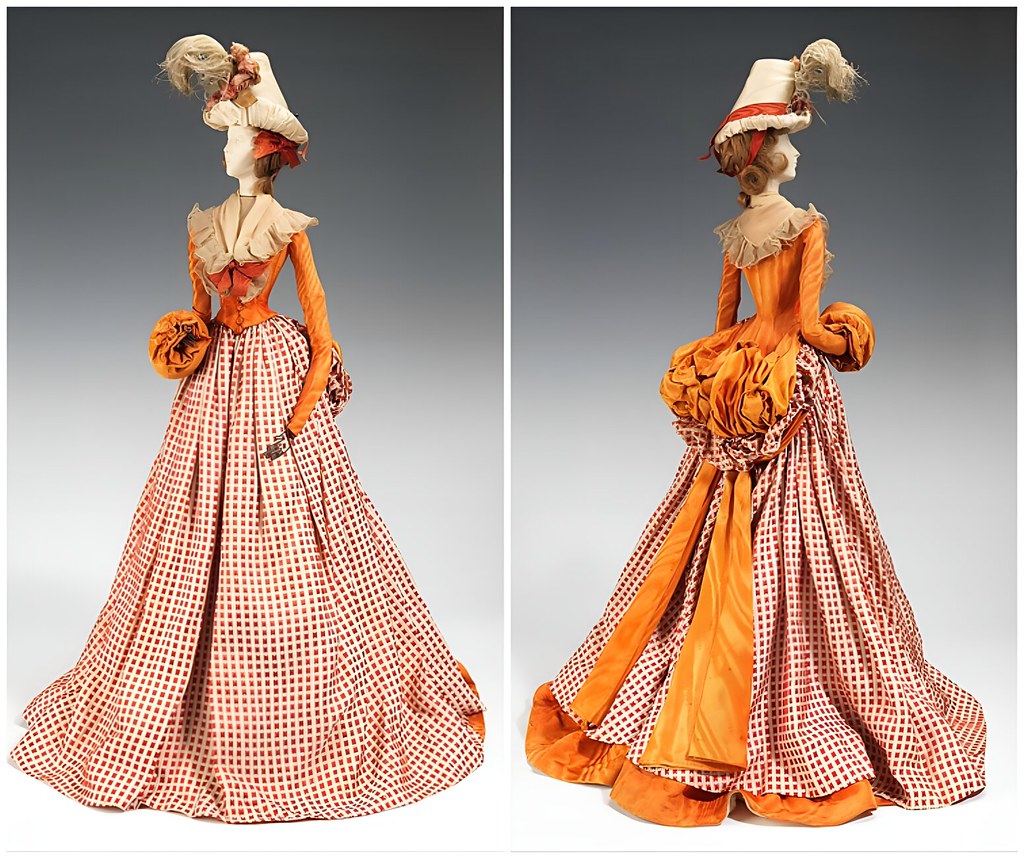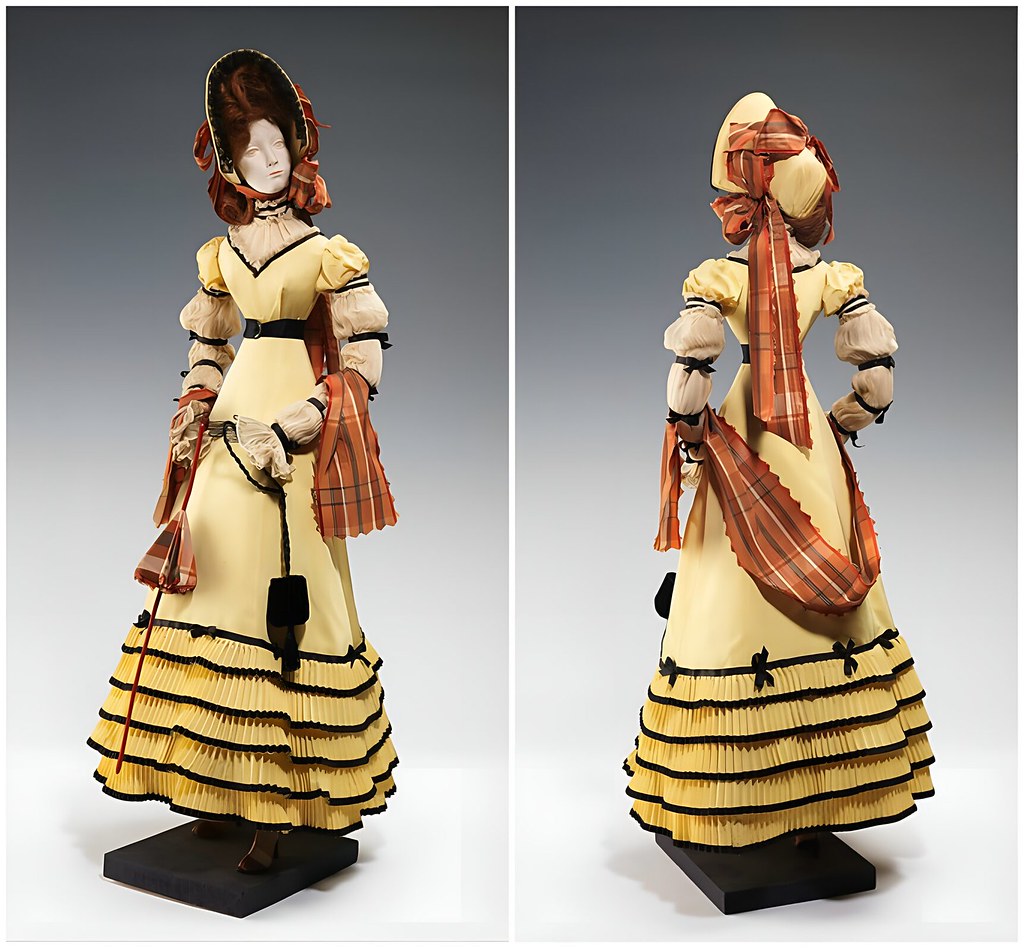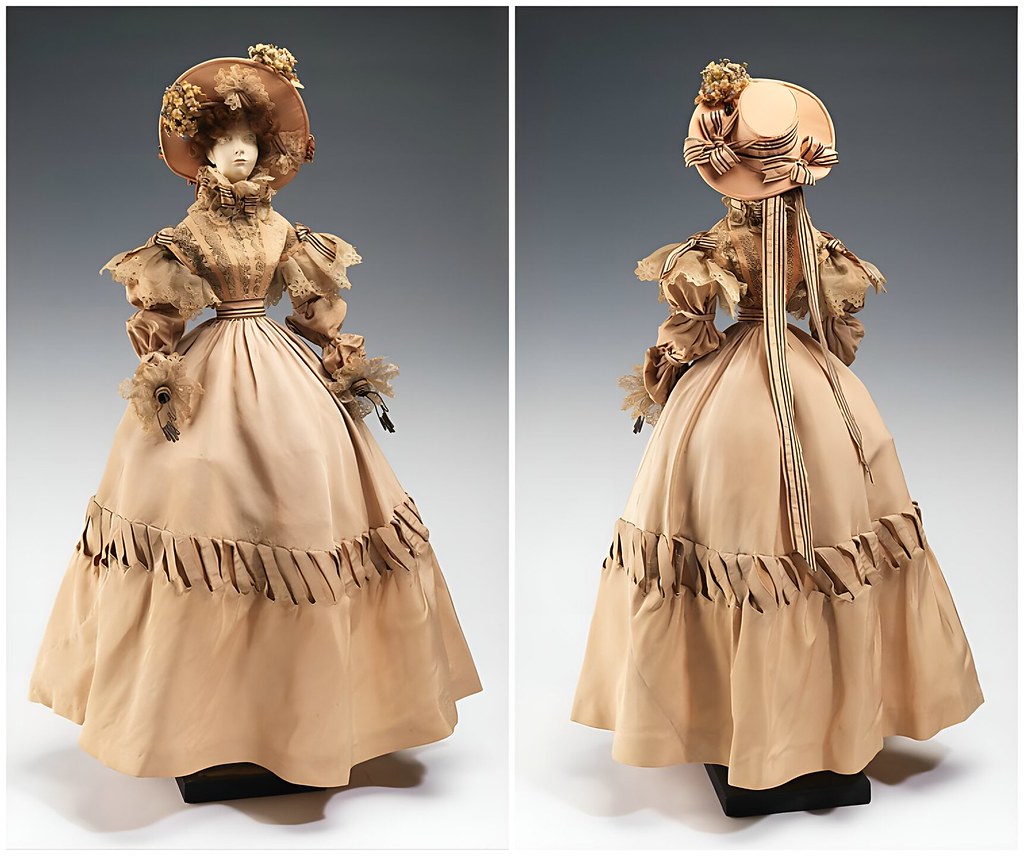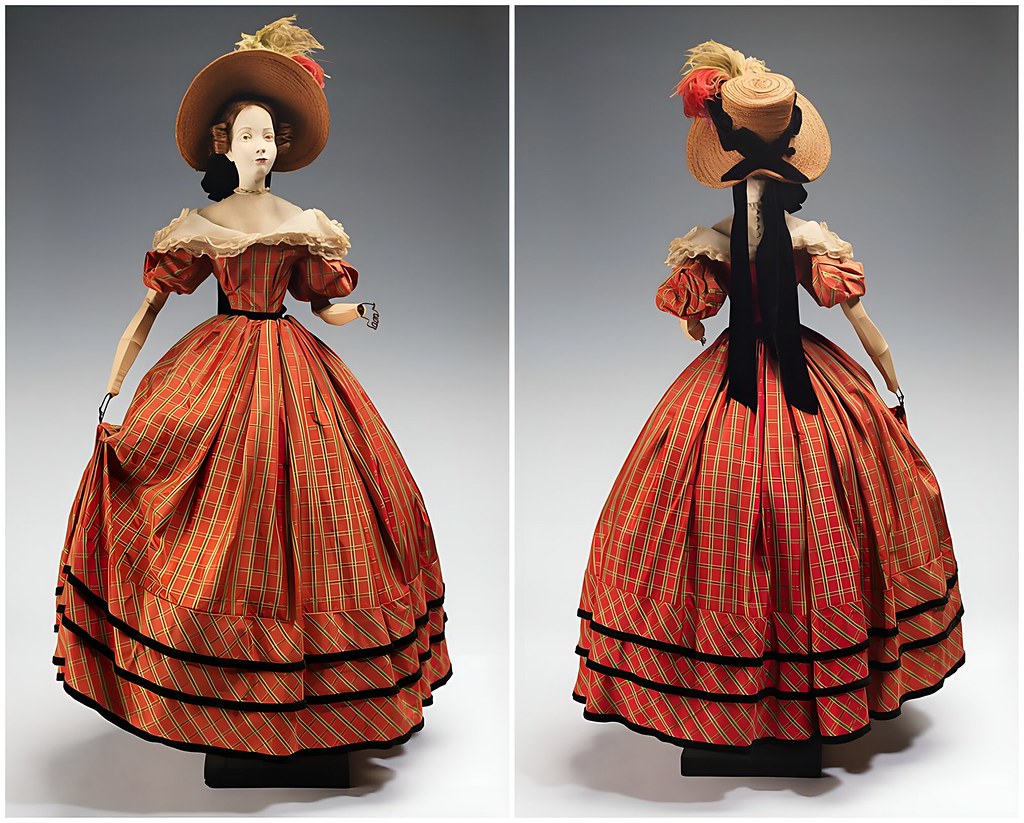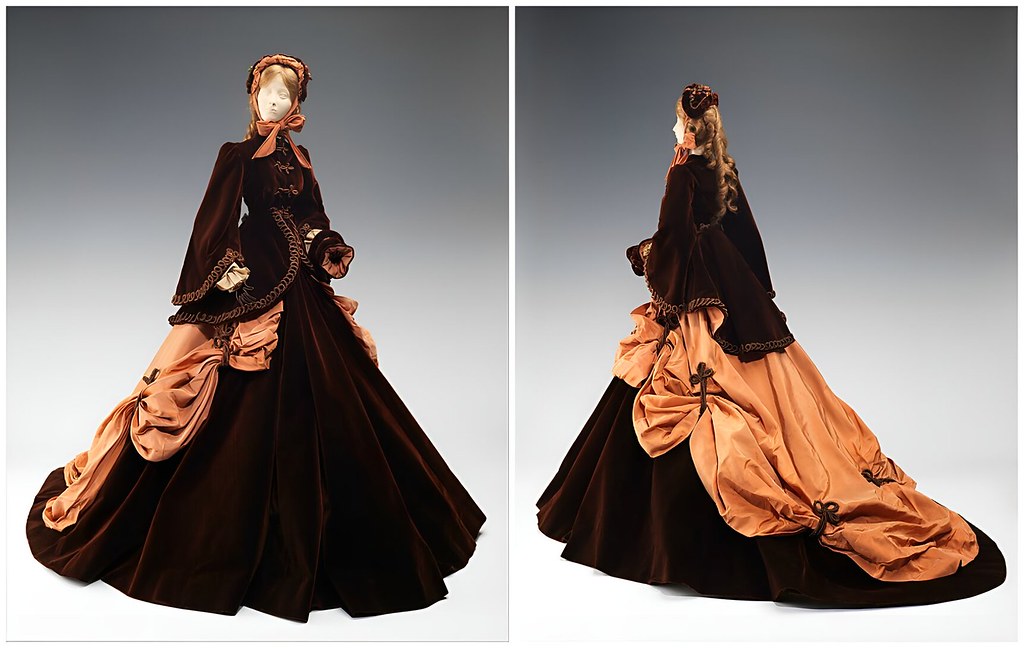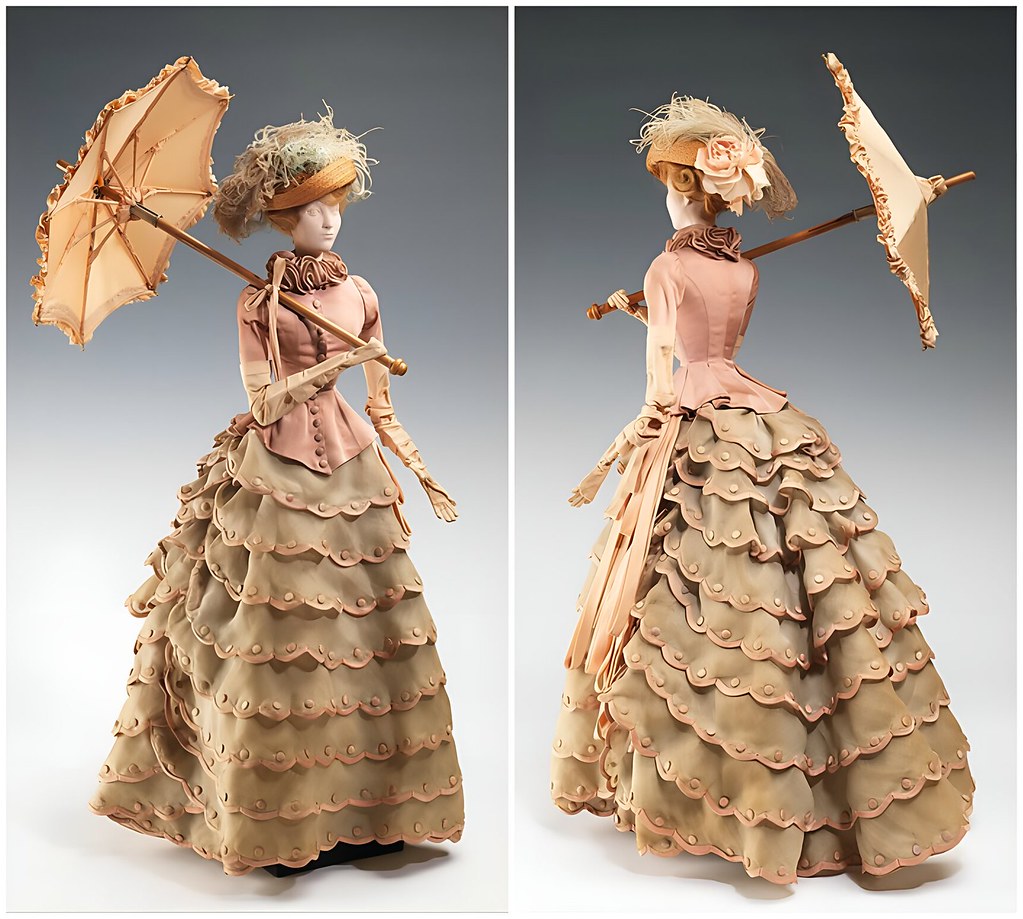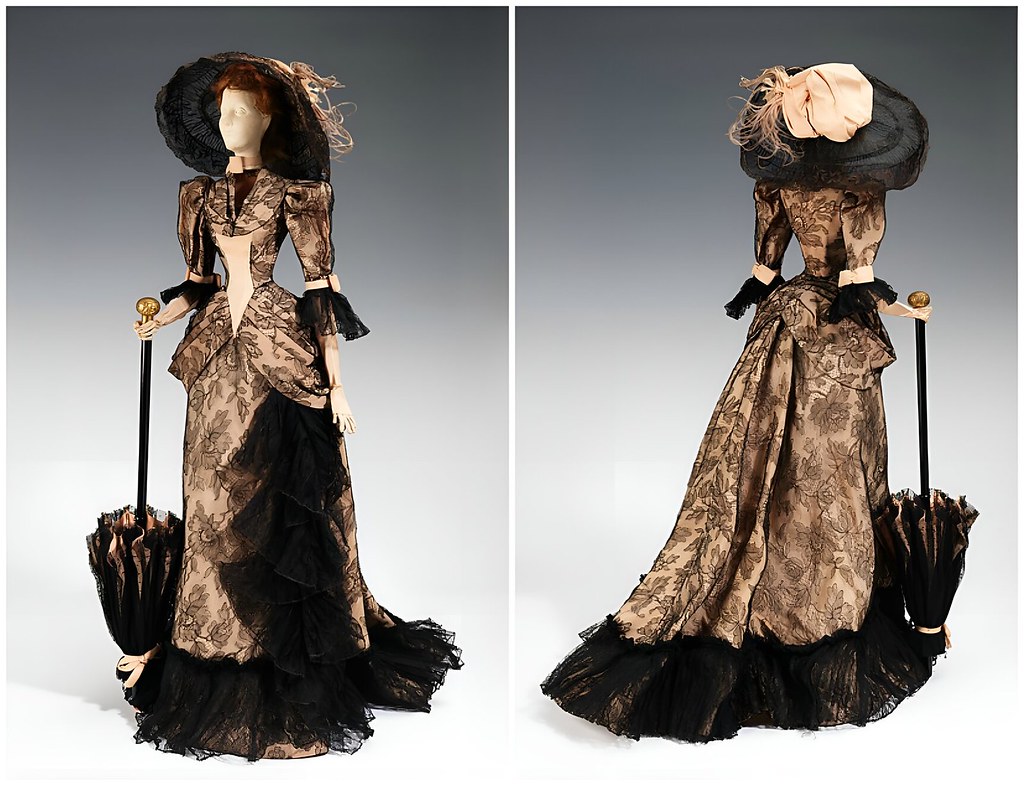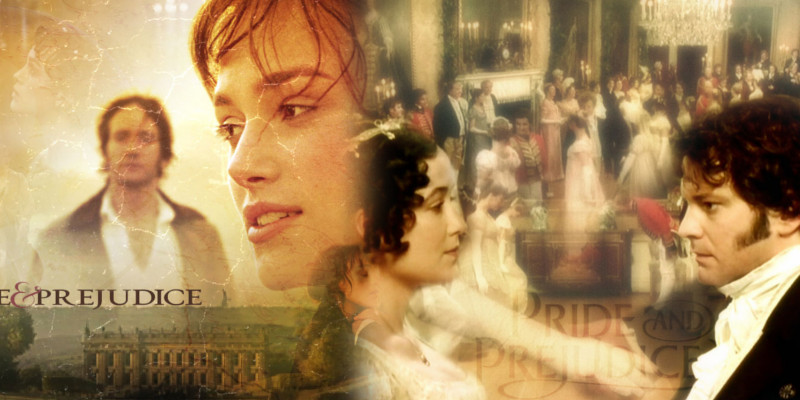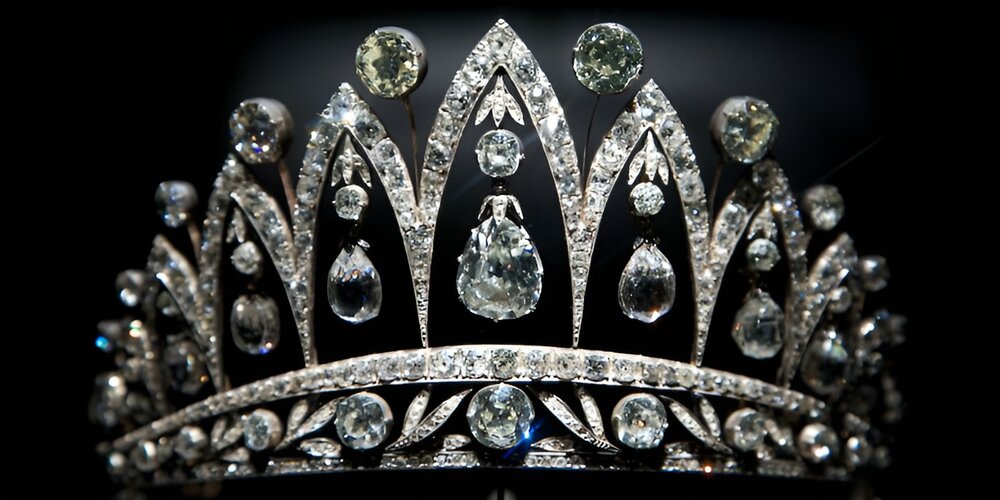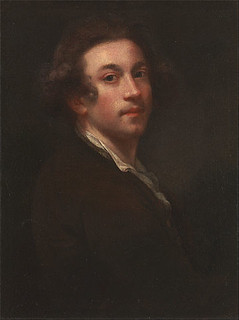
Sir Joshua Reynolds RA FRS FRSA (1723 – 1792) was an influential eighteenth-century English portrait painter.
He promoted the “Grand Manner” of painting which idealized subjects to convey a sense of nobility.
Knighted by King George III in 1769, Reynolds was a founder and first president of the Royal Academy of Arts.
Although he had little technical training as an artist, he possessed an instinct for color and composition. His figures appear in a natural attitude of grace and he gives them an air of distinction. Even the most ill-tempered sitters were elevated to a position of dignity.
Reynolds had a gift for capturing the personality of the sitter—what critics called “realizing their individuality.” Using his imagination, he would weave a story into each portrait.
His compositions have a symmetry of outline and flow of lines reminiscent of Raphael. In fact, he borrowed from many sources: Rembrandt’s lighting and color harmonies; Rubens’s splendor; Titian’s decoration.
Yet to all his works, he added his personal touch that makes them uniquely Reynolds.
Which is your favorite 18th-century lady painted by Sir Joshua Reynolds?

